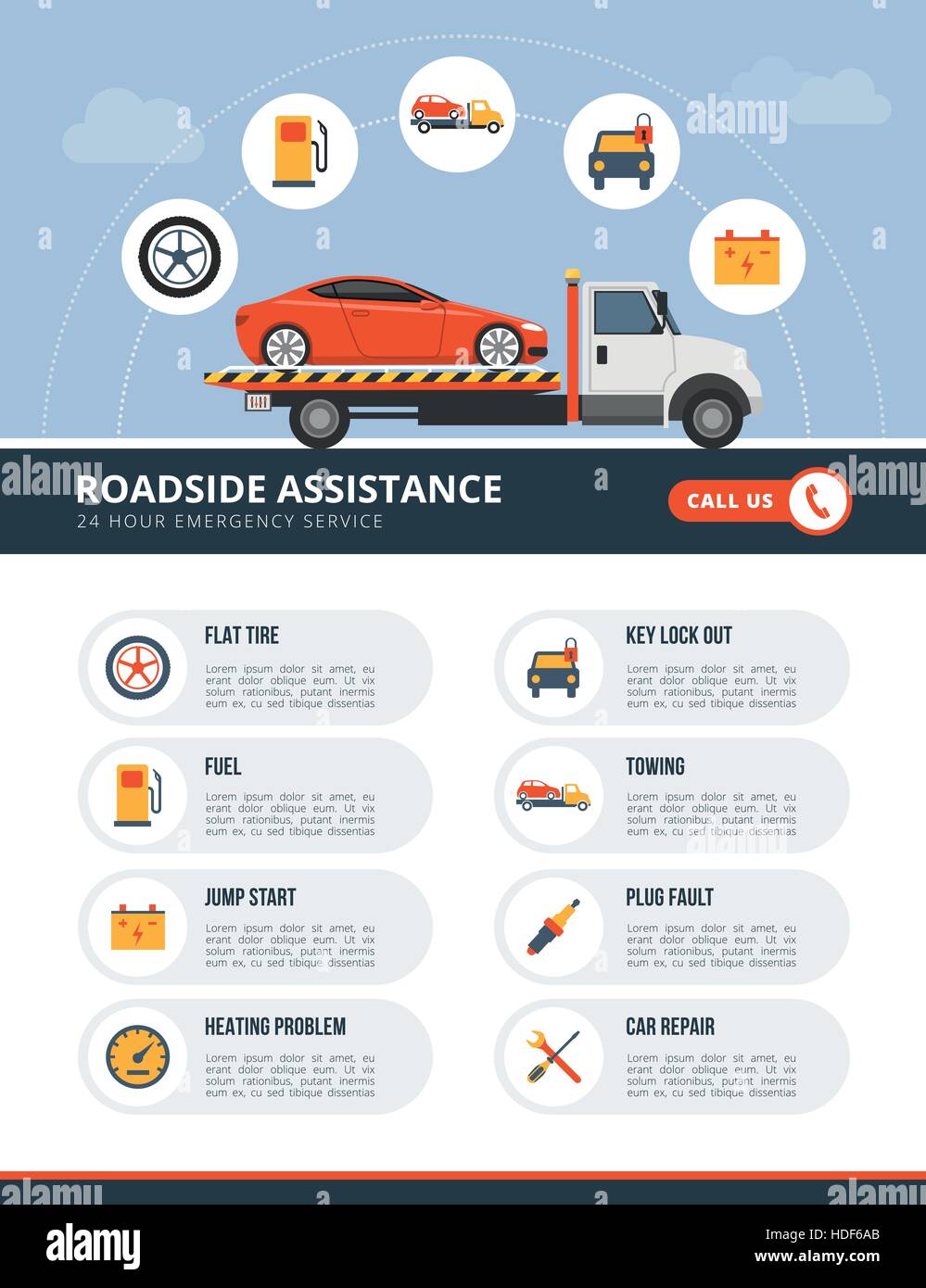Raise The Hood To Explore Constant Brake System Concerns And Exactly How To Resolve Them
Raise The Hood To Explore Constant Brake System Concerns And Exactly How To Resolve Them
Blog Article
https://juliuspjdyr.blogunok.com/30188834/the-full-overview-to-auto-outlining-essential-actions-for-a-flawless-display-room-look By-Sharma Murray
When it concerns your car's brake system, comprehending usual concerns can conserve you from prospective safety hazards. From determining brake pad wear to resolving brake liquid leakages, understanding how to take on these issues is essential. However what about https://oil-change-places62872.tokka-blog.com/30177471/your-full-guide-to-vehicle-inside-maintenance-a-thorough-cleaning-checklist ? There's a solution for that as well. Remain tuned for more information regarding these problems and the practical remedies that can maintain you safely when driving.
Brake Pad Put On and Replacement
When it comes to preserving your vehicle's brake system, one vital element to watch on is the wear and substitute of brake pads. Brake pads are important elements that press against the brake blades to slow down or stop your lorry. In time, these pads wear down as a result of friction, needing routine assessment and substitute to guarantee your brakes operate successfully.
To determine if your brake pads require replacement, listen for screeching or grinding sounds when you use the brakes. Furthermore, if your car takes longer to quit or you see vibrations or pulsations when stopping, it might be time to change the brake pads.
Overlooking used brake pads can result in reduced braking performance, damages to various other brake parts, or perhaps brake failure.
Replacing brake pads is a reasonably simple process for numerous cars. However, if you're not sure or awkward executing this job, it's ideal to speak with an expert auto mechanic to make sure correct installation and optimum brake performance.
On a regular basis checking and replacing brake pads is vital for your safety and the durability of your car's stopping system.
Brake Liquid Leaks and Maintenance
To guarantee your automobile's brake system operates ideally, it is necessary to likewise take note of brake fluid leaks and upkeep. view site… is important for transmitting the force from your foot on the brake pedal to the real braking device. One typical issue with brake fluid is leakages, which can happen as a result of shabby brake lines, seals, or links. If you notice a pool or trickles under your vehicle, it's essential to address the leak without delay to avoid a potential brake failing.
Routinely checking your brake fluid level is vital to keeping your brake system. Reduced motorcycle repair can cause air getting in the brake lines, which jeopardizes braking efficiency.
Furthermore, old or infected brake fluid can affect the overall efficiency of your brakes. It's recommended to comply with the maker's standards on when to transform the brake liquid, typically every 2 years.
Spongy Brake Pedal: Blood Loss Brakes
If you have actually ever before experienced a mushy brake pedal while driving, you understand the importance of keeping a firm and receptive stopping system. One common cause of a spongy brake pedal is air caught in the brake lines. When air goes into the brake system, it can lead to a loss of hydraulic stress, resulting in that disturbing spongy feeling when you press the brake pedal.
To resolve this concern, hemorrhaging the brakes is necessary. Hemorrhaging the brakes entails removing the air from the brake lines to recover correct hydraulic stress.
To hemorrhage the brakes, you'll need an assistant to aid you. Start by finding the brake bleeder shutoff on each wheel, typically found near the brake caliper. With a wrench, loosen up the valve and have your helper press the brake pedal while you observe any type of air bubbles appearing. Repeat this procedure for each wheel, beginning with the wheel farthest from the master cylinder and relocating more detailed.
When you no more see air bubbles and just clear fluid emerges, tighten up the valve and top up the brake fluid tank as required. Bleeding the brakes helps make certain a company brake pedal and boosts general braking efficiency.
Conclusion
Now that you understand common brake issues and how to fix them, you can guarantee your vehicle's safety and performance. Keep in mind to pay attention for indication like shrilling sounds or spongy brake pedals, and address them quickly. Routine maintenance and timely substitutes are key to maintaining your brakes in leading condition. Stay proactive and conscientious to your brake system to enjoy risk-free and dependable driving experiences.
